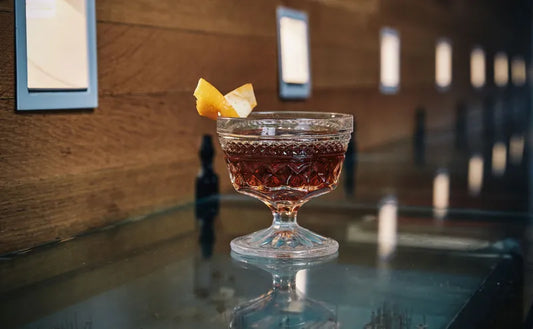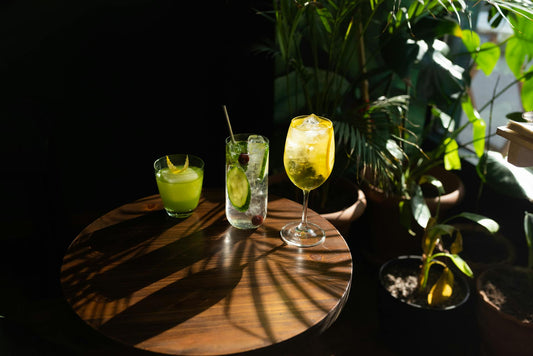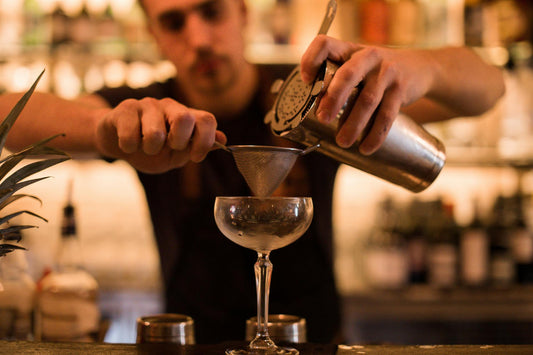Amaretto Sour Mocktail: A Refreshing Non-Alcoholic Delight
SWEET to SOUR
(1-10)
STRENGTH
(1-10)
CALORIES
STANDARD
DRINKS
Note: these values are approximate and may vary dependent on the ingredients and brands you use.
More information...
The Amaretto Sour Mocktail is a delightful non-alcoholic twist on the classic Amaretto Sour, a cocktail that has charmed many with its sweet and sour profile. This mocktail version allows everyone to enjoy the rich flavors of amaretto without the alcohol, making it perfect for gatherings, parties, or simply a refreshing drink at home. The key ingredient, Amaretto Adriatico Zero, provides the signature almond flavor that is both sweet and nutty, reminiscent of marzipan, which is a favorite among many.
To craft this mocktail, you will need a few simple ingredients: 60 ml of Amaretto Adriatico Zero, 30 ml of freshly squeezed lemon juice, and a touch of egg white or aquafaba to create a frothy texture. The egg white or aquafaba is optional but highly recommended, as it adds a luxurious mouthfeel and a beautiful foam on top of the drink. Additionally, a couple of dashes of Angostura Aromatic Bitters and a saline solution enhance the overall flavor profile, balancing the sweetness of the amaretto with a hint of bitterness and saltiness.
The preparation of the Amaretto Sour Mocktail is a delightful process. First, you select and pre-chill an Old-Fashioned glass, which sets the stage for a sophisticated presentation. The garnish of a lemon zest twist not only adds a pop of color but also infuses the drink with a fresh citrus aroma that complements the flavors beautifully. The shaking process is crucial; you start by shaking all the ingredients with ice to chill and mix them thoroughly. After straining the mixture back into the shaker, a dry shake (without ice) follows to emulsify the egg white or aquafaba, creating that signature frothy top.
Once strained into the ice-filled glass, the mocktail is finished with an expressive twist of lemon zest, which releases essential oils that enhance the drink's aroma and flavor. The result is a visually appealing drink that is as enjoyable to look at as it is to sip. With a strength rating of 7 out of 10, this mocktail strikes a perfect balance between sweetness and tartness, making it a crowd-pleaser.
In terms of nutritional value, the Amaretto Sour Mocktail contains approximately 180 calories, making it a relatively light option for those watching their intake. With 0% alcohol by volume, it is suitable for all ages and occasions, allowing everyone to partake in the festivities without the effects of alcohol. The taste profile leans towards a sweet to sour balance, rated at 7 out of 10, which means it offers a delightful tanginess that cuts through the sweetness of the amaretto.
This mocktail not only serves as a refreshing beverage but also as a conversation starter. Its unique combination of flavors and the art of its preparation can intrigue guests and spark discussions about mixology and the creativity behind non-alcoholic drinks. Whether you are hosting a brunch, a summer barbecue, or simply enjoying a quiet evening, the Amaretto Sour Mocktail is a fantastic choice that brings a touch of elegance and fun to any occasion.



